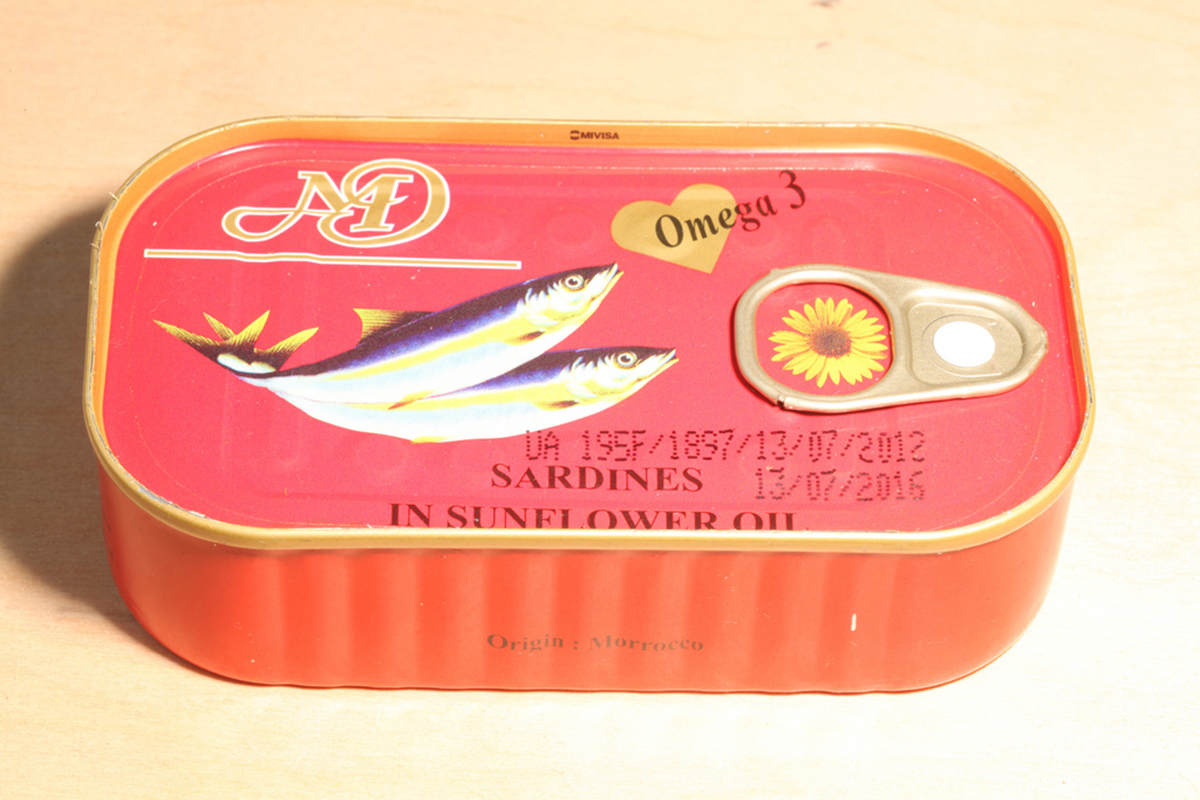Table of Contents
Not all fats are healthy, though. Has your doctor suggested you to replace butter for olive oil? Or to lower your red meat consumption and prefer lean proteins, like fish and chicken? People now pay more attention to what they put in their mouth, specially when it comes to carbs and fats. Regarding these last ones, certain types have been related to cardiovascular diseases, but others have been identified as "good fats". Lets get to know more about this difference.

The good ones: Omega-3 fatty acids (and Omega-6)
Omega-3 fatty acids are polyunsaturated, meaning that they have more than one unsaturated chemical bond joining the carbon atoms of their chains.
For instance, PUFAs are required during the development of a baby’s brain and circulatory system, they participate in blood clotting, muscle contraction and inflammation responses. Its deficiency causes several health problems in adults, including cardiovascular disease, neurodegenerative and psychiatric disorders, obesity and cancer, among others.
Why are they good? Studies have shown that Omega-3 fatty acids also help in the prevention of strokes and other heart problems, by controlling cholesterol and triglycerides levels.
Omega-3 PUFAs are then acquired from the food we consume.
They are mainly present in oily fish, such as tuna, salmon, sardines and mackerel, as well as in walnuts, flaxseed and vegetable oils, for example. There are also Omega-3 supplements available nowadays, almost in every supermarket.
Omega-6 fatty acids, classified as essential polyunsaturated fats, deliver a range of health benefits when integrated into a balanced diet, in harmony with omega-3 fatty acids. These advantages encompass fundamental roles in cellular structure, contributing to the flexibility and permeability of cell membranes, facilitating nutrient and waste transport.
Furthermore, omega-6s play a vital part in the body's inflammatory response, influencing the regulation of inflammation and immune functions. They also hold significance in brain health, impacting cognitive processes and neurotransmitter function.
In addition to their influence on brain function, omega-6 fatty acids contribute to skin health by preserving the skin's moisture barrier, promoting softer and healthier skin. Moreover, they play a pivotal role in hormone production, including those governing blood clotting, blood pressure regulation, and immune system functions.
It is worth noting that to reap these benefits while maintaining overall well-being, it is essential to strike a proper balance between omega-3 and omega-6 intake. Excessive omega-6 consumption relative to omega-3 can potentially lead to inflammatory issues, underlining the importance of a well-rounded diet that incorporates both types of fatty acids.
The bad ones: Saturated fats
Saturated fats are easy to recognize, because they tend to be solid at room temperature. Sounds familiar? Yes, butter, cream, fat in milk and cheese, are considered saturated fats.
The cholesterol that they form is the one that accumulates in your arteries and eventually forms clots that give rise to all sorts of cardiovascular problems.
Not all saturated fats are bad for your health. Among other things, pure chocolate has stearic acid, which is a type of saturated fat that has characteristics of unsaturated fat. How weird, don't you think? Because of this, stearic acid lowers cholesterol levels, and not the contrary.
See Also: Eat Lots of Omega-3 Fatty Acids and You are Less Likely to Develop Age-Related Macular Degeneration
Trans fats are also a type of bad fats that are added to processed foods, specially to breads, cookies and cakes, fast food and dairy. No wonder why all these food tastes so good!!
So, as you can see, Omega-3 fatty acids are part of our cells and body functions, which is why we need to make sure that our diet provides us with the right amount of these nutrients. I am not saying that we should stop eating the other types of fats, but we could replace them, little by little, with what makes us healthy, in order to keep our mind and body happy.
- FARES, H., LAVIE, C. J., DINICOLANTONIO, J. J., O'KEEFE, J. H. & MILANI, R. V. 2014. Omega-3 fatty acids: a growing ocean of choices. Curr Atheroscler Rep, 16, 389.
- Photo courtesy of lifescript by Flickr : www.flickr.com/photos/35560790@N03/4442980927
- Photo courtesy of free photos & art by Flickr : www.flickr.com/photos/79818573@N04/8291210662


Your thoughts on this